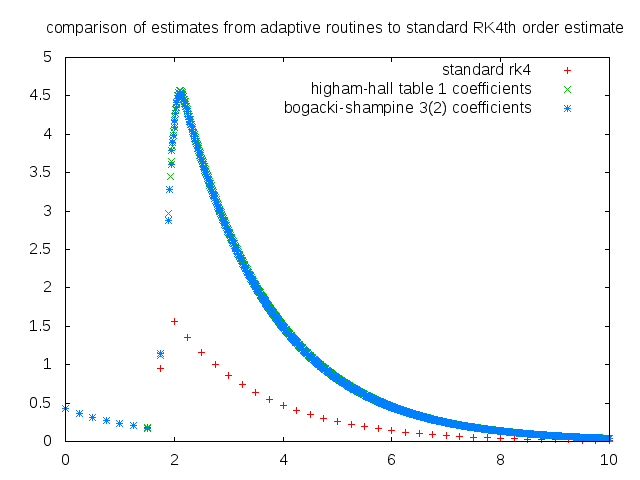Gravitational redshift
Before I talk about gravitational redshift, let me just briefly talk about doppler shift. Doppler shift is a high school concept that most of us have learnt at some point or the other in our lives. If you haven’t learnt it, safe to say you’ve surely experienced it. Say you’re on a platform and a train is approaching you. The train is sounding a horn, to catch the attention of passengers on the platform. The increase in the pitch of the horn as the train is approaching you and the decrease in pitch as the train is moving away is the phenomenon of doppler shift. The same can happen to light. Say a source of light is moving towards you, the frequency you perceive the light to be at is not the same as the frequency of light emitted by the source. This is because of the fact that a clock in the frame of the source ticks slower than your clock, which is at rest. This is the phenomenon of time dilation. Venturing further now, the Schwarzschild metric describes the spherically symmetric ...
